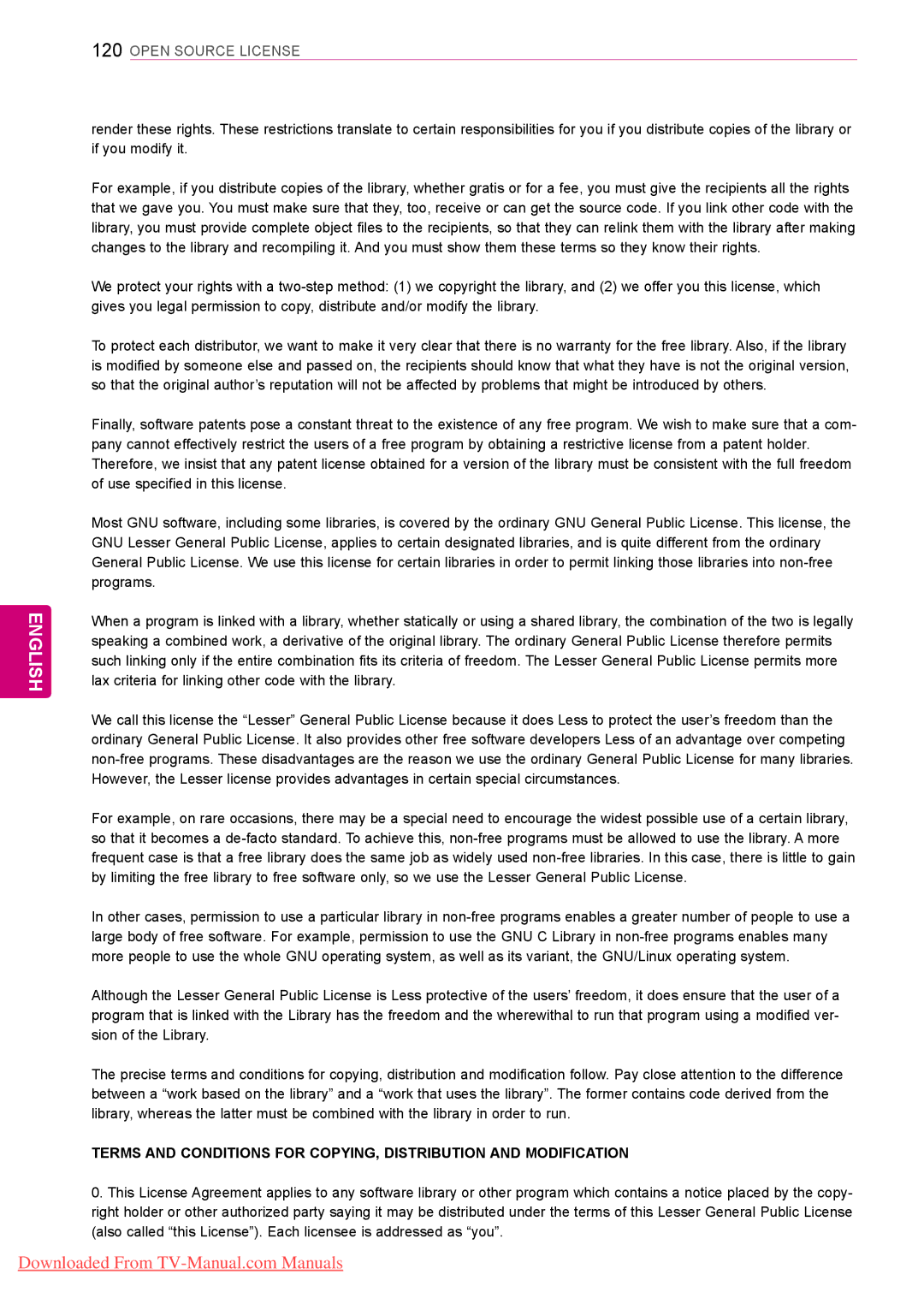Gently wipe the spots on the cabinet with the polishing cloth. Only 42PT25**, 60PV25**, 42/50PT35**, 50PV35**, 42/50PW45** specifications
LG Electronics has long been a prominent player in the television market, offering a range of models that cater to various needs and preferences. Among its offerings are the LG 42/50PW45**, 42/50PT45**, 60PV25**, 42/50PT35**, and 50/60PZ25** models. Each of these models boasts unique features and technologies that enhance the viewing experience.The LG 42/50PW45** series comes equipped with Plasma technology, delivering brilliant image quality with rich colors and deep blacks. This model stands out for its screen size options, providing versatility for different room sizes while maintaining excellent clarity. One of the key features is the 600Hz sub-field driving technology, which reduces motion blur during fast action scenes, making it ideal for sports and action movies.
Similarly, the 42/50PT45** series is designed to mesmerize viewers with its impressive contrast ratios and color accuracy. The incorporation of LG's XD Engine significantly enhances picture quality, optimizing colors and brightness for a more lifelike viewing experience. Additionally, these models support multiple video formats, ensuring compatibility with a wide range of media sources.
The LG 60PV25** model takes viewing to the next level with its larger screen size. Offering Full HD resolution, it provides astonishing detail and clarity, immersing viewers in their favorite shows and movies. One of its standout features is the Dynamic Contrast function, which dynamically adjusts contrast levels based on the content being displayed, ensuring that dark scenes are rich and bright scenes are vibrant.
The LG 42/50PT35** series focuses on energy efficiency without compromising performance. With the Eco Smart feature, these models consume less power while still delivering exceptional image quality. Additionally, the 600Hz technology ensures smooth motion handling, making it a great option for gamers and movie enthusiasts alike.
Lastly, the 50/60PZ25** models are designed for those who demand high-quality performance with added connectivity options. With built-in HDMI and USB ports, these televisions make it easy to connect various devices such as gaming consoles, Blu-ray players, and external hard drives. Furthermore, the models support various picture modes that can be customized according to user preferences, resulting in a tailored viewing experience.
In summary, LG Electronics' 42/50PW45**, 42/50PT45**, 60PV25**, 42/50PT35**, and 50/60PZ25** models offer a diverse range of features that cater to both casual viewers and dedicated cinephiles. With advanced technologies, stunning picture quality, and energy-efficient designs, these televisions represent LG's commitment to innovation and excellence in home entertainment.

